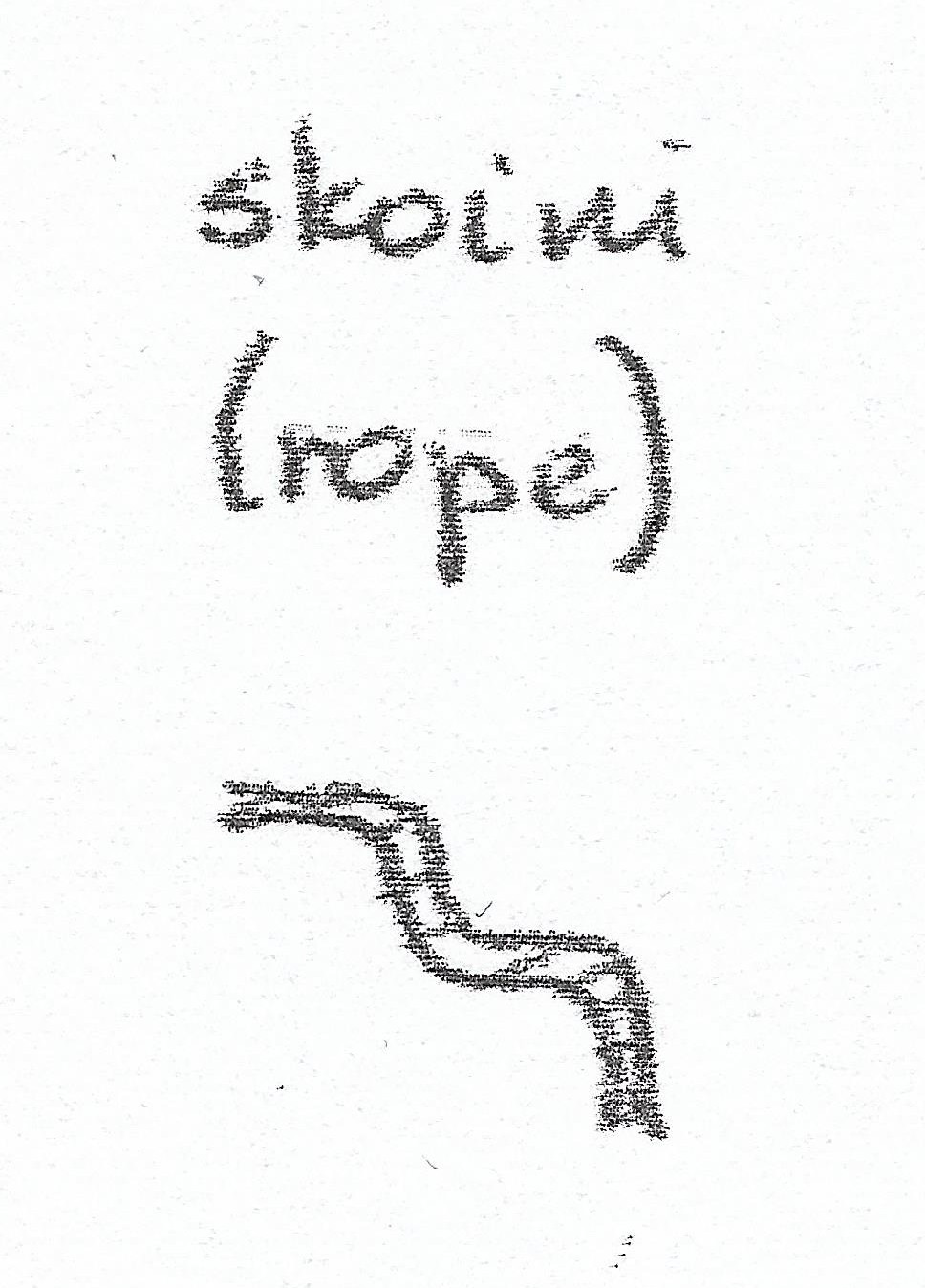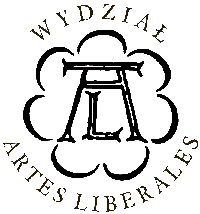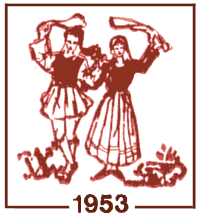| Original text |
Moreover, there must also have been dances performed with ropes. His would have been the second phase of the commemoration of Theseus’ feats in the Labyrinth. Madame Chenier states [See Lettres sur la Grѐce] that the first hase of the dance would have been as follows: “Deadalos composed this dance in order to preserve the complicated pattern (i.e. of the Labyrinth) in his own memory and o help Ariadne to remember and learn all the twistings of the Labyrinth. In his day, they must have danced the dance without holding anything in their hands”. […] “Later they danced this dance, holding a piece of rope in their hands (therefore, we can conclude that in Madame Chenier’s lifetime, they still held a rope in their hands when they danced). This, I believe, must be a reminder of Ariadne’s spool of thread, which she had given Theseus to hel him find his way out of Labyrinth”. […] Of this second phase, Robert Graves also speaks in the same vein: “In some mazes, the dancers held a cord, which helped them to keep their proper distance and execute the pattern faultlessly; and this may have given rise to the story of the ball of twine”. [See Greek Myths of Graves] Finally, of the third phase, Madame Chenier says: “This was the form when they danced the Candiot holding a handkerchief in their hands. This clearly suggested he grief of Ariadne at being abandoned on the island. With her torn veil, she wiped away her tears or waved it, making signs to Theseus as he sailed further and further off in his boat”.
|


